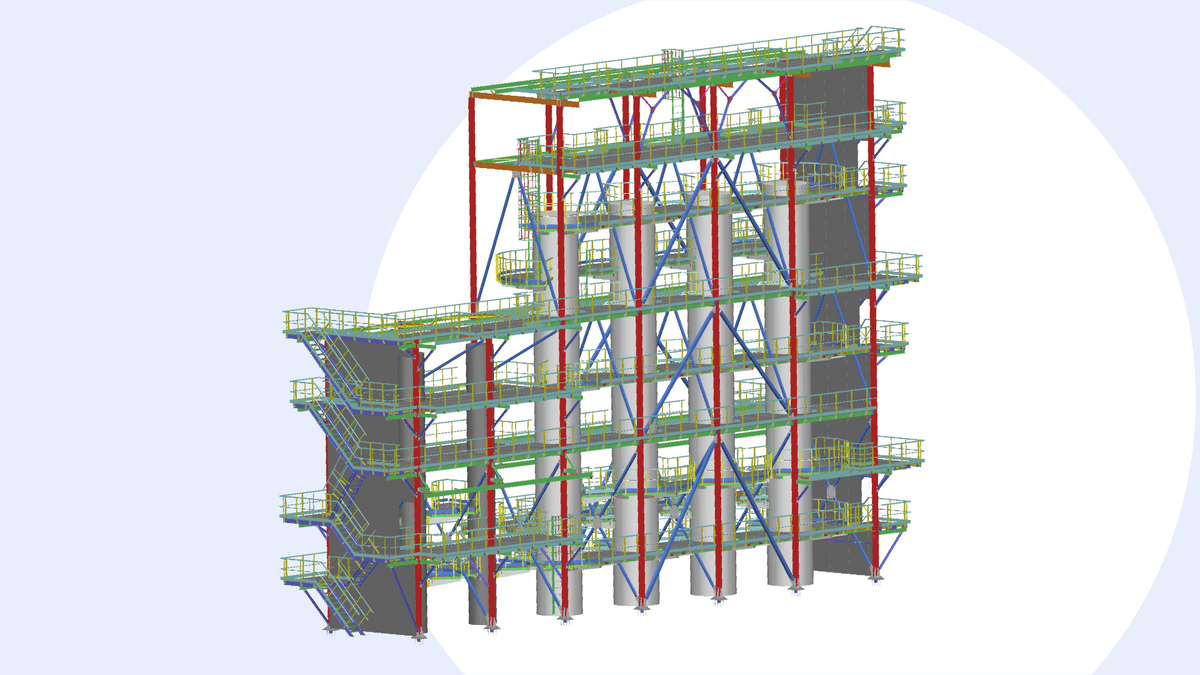
This May, right on schedule, we introduce the new CAD Exchanger release with a number of major updates:
- New Autodesk Revit format
- BIM-specific data model
- CAD Exchanger native format CDXBIM
New supported format Autodesk Revit (versions 2021, 2022)
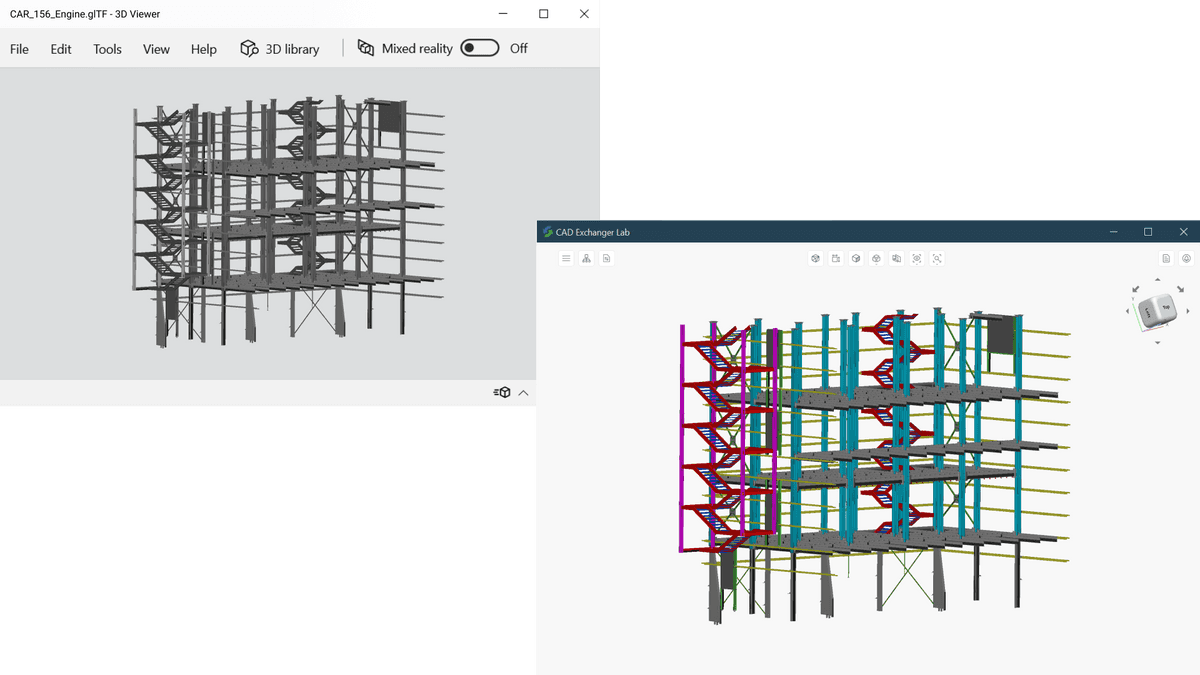
For developers of BIM software, we already supported IFC (versions 2x3 and 4), DWG, DXF, and now extend our portfolio with Autodesk Revit file format. Revit is one of the most popular BIM formats, and we are glad to present its support in CAD Exchanger SDK.
An RVT file is a proprietary Autodesk Revit format with the .rvt file extension used in the Architecture Engineering Construction (AEC) segment. The stored data can include all the architectural details associated with a building design project: basic elements for a construction, building components, families, and special elements such as openings.
At this stage, we cover a few versions of the mainstream file format released in the last couple of years (2021, 2022). Currently, the import of RVT files is available only in SDK, but support in Lab will appear in a future version.
BIM-specific data model
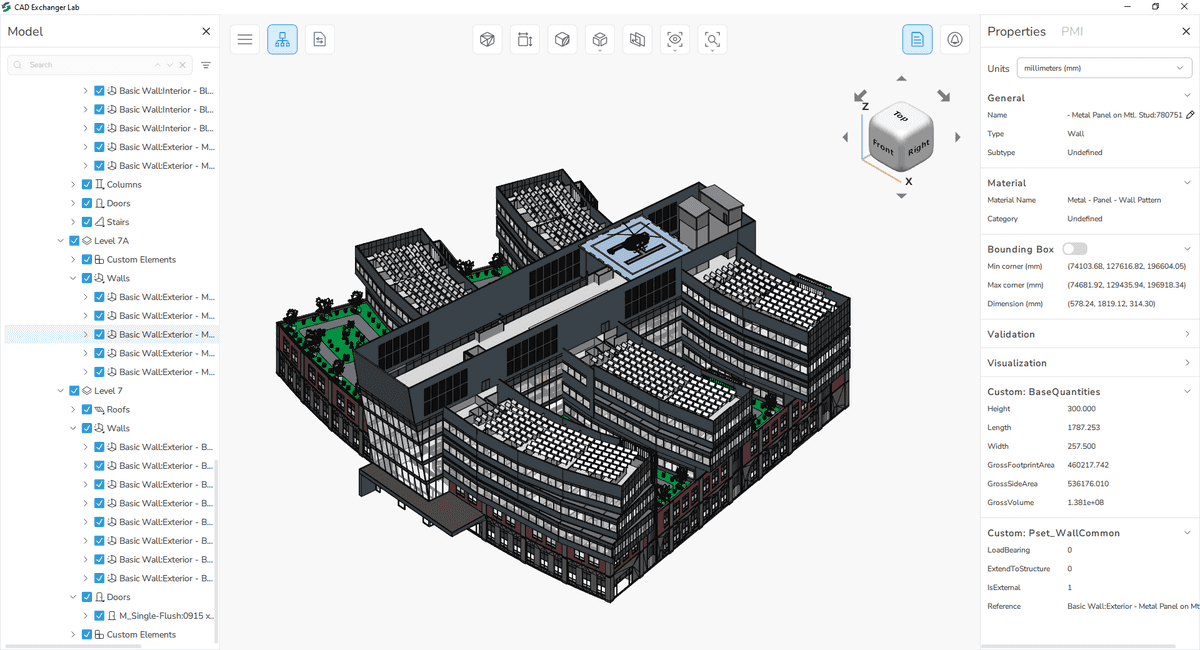
Since 3.19.0, software developers can use our BIM-specific data model to get different properties and saved structure, edit the model or create it from scratch. It is a more extended version of a common data model tailored specifically for BIM workflows. Being inspired by the IFC data structure, it can effectively store and translate materials, colors, patterns, and other non-geometrical properties.
Each element of the BIM model has a fixed class field, which carries the associativity with the Revit families. This allows storing, reusing, and iterating upon families with the help of CAD Exchanger SDK. For maximum performance, only used elements of the families are being translated, leaving unused family elements unsaved.
Switching from the BIM data model to the traditional CAD data model is possible but will end up in losing BIM-specific information.
CAD Exchanger native format CDXBIM
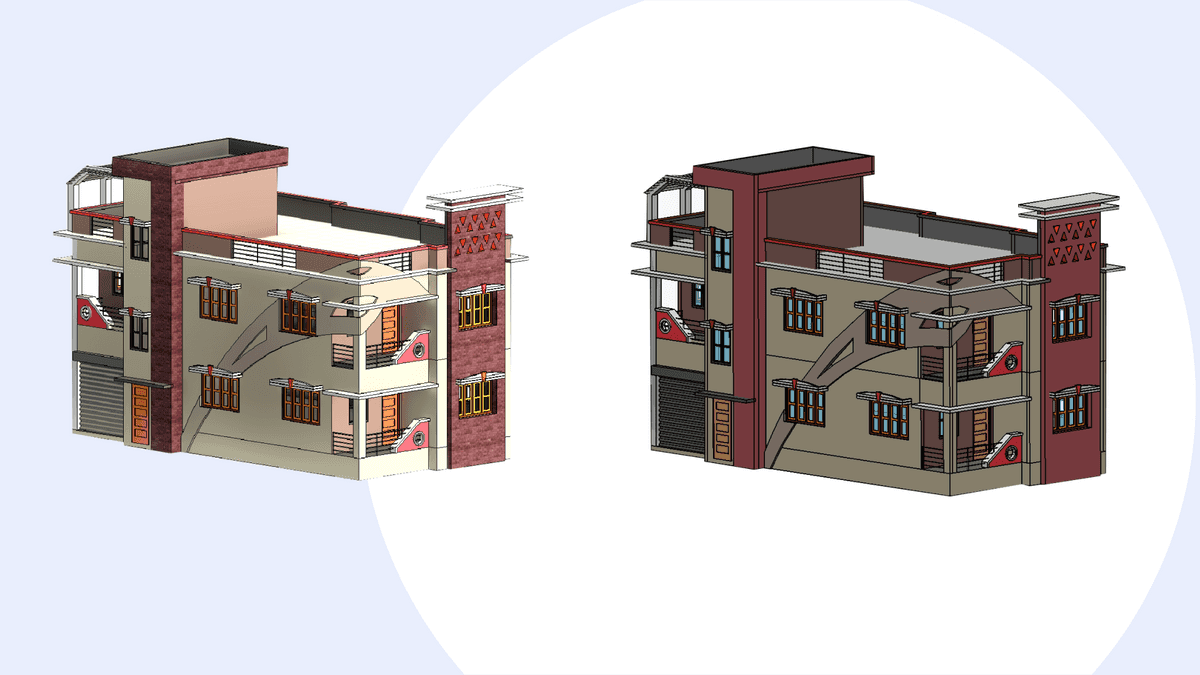
The CAD Exchanger team developed this format for the persistent storage of BIM models. Now you can save them and then restore the information without resorting to conversion from IFC. Read the IFC or Autodesk Revit file, get the BIM model, make changes if necessary, and work with our format inside the CAD Exchanger SDK or use the CDXBIM format for faster loading.
There are also some minor changes in Web Toolkit, CAD Exchanger Lab and our supported formats: DWG, FBX, glTF, Rhino, and SOLIDWORKS. Please check out a full list of new features and bug fixes in the CHANGES.txt file.
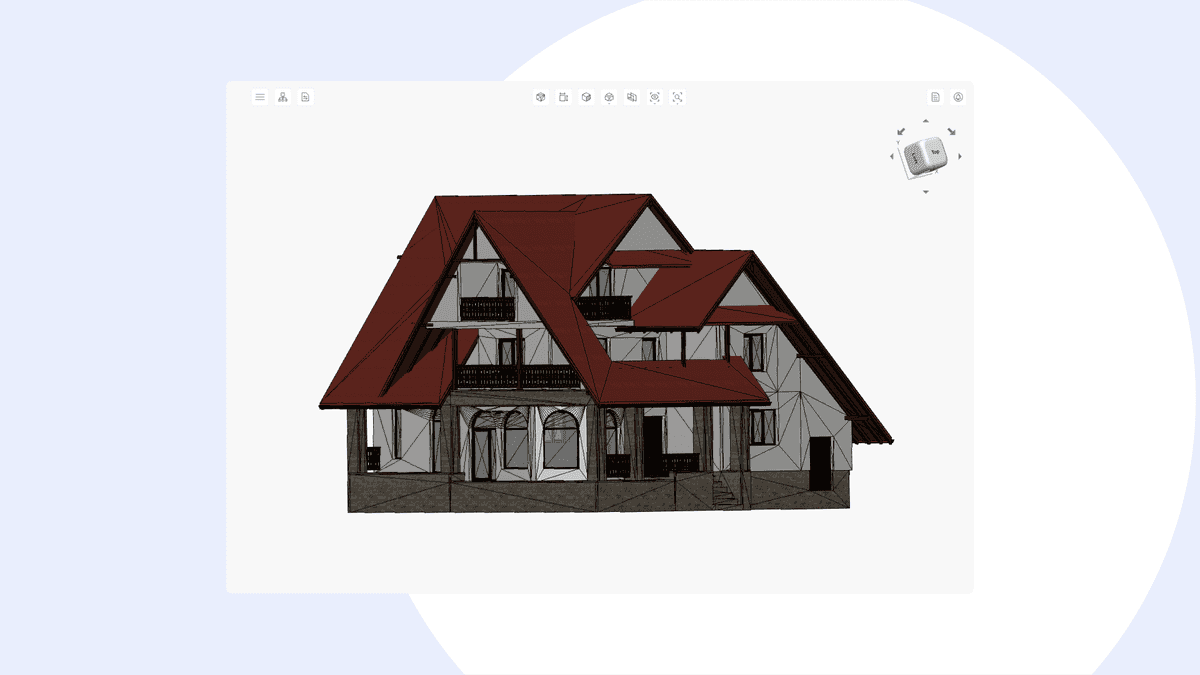
What’s next?
We release an updated edition of CAD Exchanger software every six weeks, so it’s time to check out our recent changes in practice. If you haven’t tested CAD Exchanger yet, choose a product you are interested in on our website and start a free trial.
For our clients who want to test the new version, we offer to create an account in the Customer Corner and download CAD Exchanger 3.19.0.